TCL 30 Plus
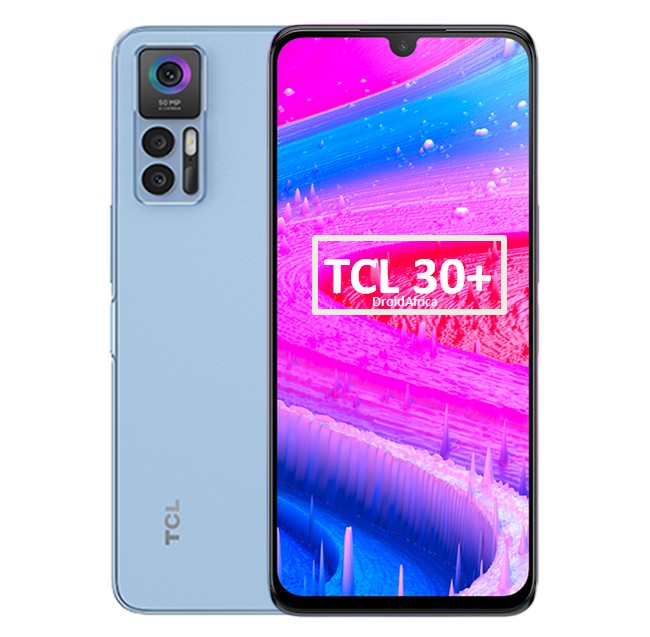
TCL 30 Plus Highlights and Overview
The TCL 30+, just as the name suggests, is the higher variant to the vanilla model. Although both phones has same CPU, same design and same screen size, but the selfie camera on this PLUS model is better, and the internal storage is double, too. From the front, you are getting the same 6.7-inches AMOLED screen with FHD+ resolution and a U-shaped notch overhead.

As far as internal hardware is concerned, the the TCL 30 Plus is powered by the Helio G37 octa-core CPUs on the 30 4G. This Chipset has 2.0GHz max clock speed, and paired with PowerVR GE8320 GPU, a single 4GB RAM and a 128-Gigs of built-in storage.
Rear camera specs on the 30 Plus remains the same as the vanilla model, and these includes a 50-megapixel primary shooter with f/1.9 aperture, 2-megapixel depth and a third 2-megapixel macro snapper, while the frontal selfie lens is increased to 13-megapixels..
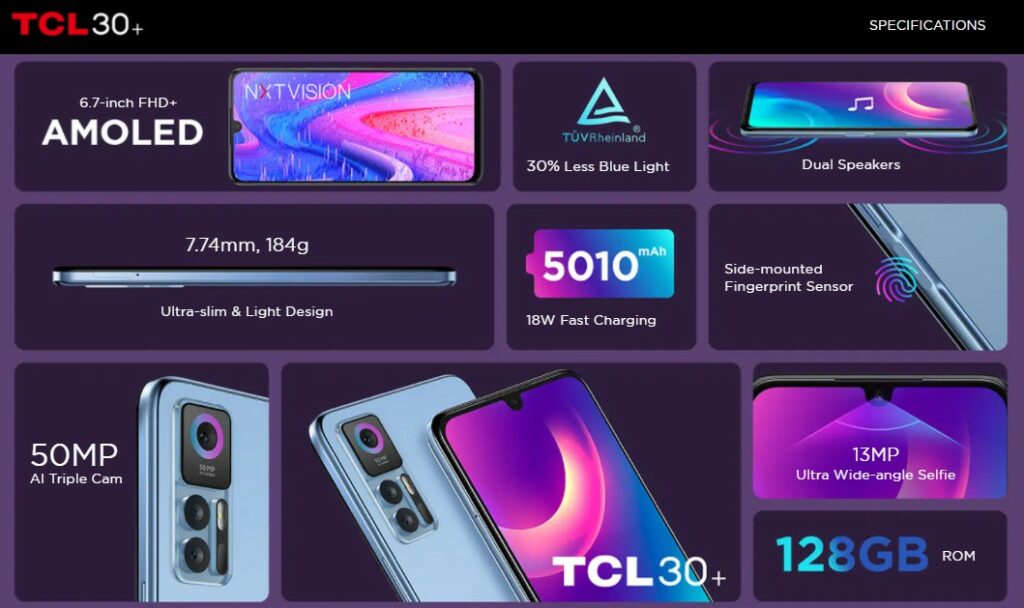
The phone is available in dual 4G SIM options, and boot Google Android 12 with TCL UI 4.0 out of the box. It has a dual loud speakers, a 5010mAh battery backed by 18W fast charger and a sided biometrics scanner. The table below contains the full specs of TCL 30 Plus.
TCL 30 Plus Full Specifications and Features
NETWORK
| Technology | GSM / HSPA / LTE |
| 2G Network Bands | GSM 850 / 900 / 1800 / 1900 - SIM 1 and SIM 2 |
| 3G Network Bands | HSDPA Band 850 / 900 / 1700(AWS) / 1900 / 2100 |
| 4G Network Bands | LTE band 2, 3, 4, 5, 7, 8, 12, 13, 17, 26, 28, 38, 40, 66 |
| Speed | HSPA 42.2/5.76 Mbps, LTE Cat4 150/50 Mbps |
LAUNCH
| Also Known As |
- - |
BODY
| Dimensions | 164.5 x 75.2 x 7.7 mm |
| Weight | 184 grams |
| Build | Front glass / Plastic back / Plastic frame |
| SIM Type | Dual SIM (Nano-SIM, dual stand-by) |
DISPLAY
| Display Type | AMOLED touchscreen / 16M colors/ 900 peak brightness nits |
| Size | 6.7 inches, (87.6% screen-to-body ratio) |
| Resolution | 1080 x 2400 pixels, 20:9 ratio (393 ppi density) |
PLATFORM
| Operating System | Android 12, TCL UI 4.0 |
| Chipset | Mediatek MT6765V/CB Helio G37 (12 nm) |
| CPU | Octa-core (4x2.3 GHz Cortex-A53 & 4x1.8 GHz Cortex-A53) |
| GPU | PowerVR GE8320 |
MEMORY
| RAM + ROM | 4GB + 128GB |
| Card Slot | Yes, up to 512GB via microSD card (uses dedicated slot) |
MAIN CAMERA
| Camera Type | Triple Lenses |
| Camera Sensor(s) |
Main: 50MP, PDAF, f/1.9 aperture Macro: 2 MP, f/2.4 Depth: 2 MP, f/2.4 |
| Camera Features | Autofocus, Digital zoom, HDR, Touch focus, LED flash |
| Video Resolution | 1080p@30fps, |
SELFIE CAMERA
| Camera Type | Single Lens |
| Camera Sensor(s) | 13-megapixel, |
| Camera Features | FaceID / HDR / f/1.9 aperture |
| Video Resolution | 1080p@30fps |
SOUND
| Loudspeaker | Yes, with dual speakers |
| Speaker Location | Chin, below display and screen top |
| Audio Jack Type | Yes, 3.5mm audio jack |
CONNECTIVITY
| Bluetooth | Bluetooth 5.0, A2DP |
| NFC | |
| GPS | Yes, with A-GPS, GLONASS, GALILEO, BDS |
BATTERY
| Battery Capacity | Non-removable Li-Ion 5010mAh battery |
OTHER FEATURES
| Sensors | Fingerprint (side-mounted), accelerometer, proximity, compass |
| Box Contents | Charging Brick / USB cable |
TCL 30 Plus User Reviews and Opinions
Disclaimer Note
This specification was entered manually, hence we CANNOT guarantee 100% accuracy. Any error? Let us know in the comment section.







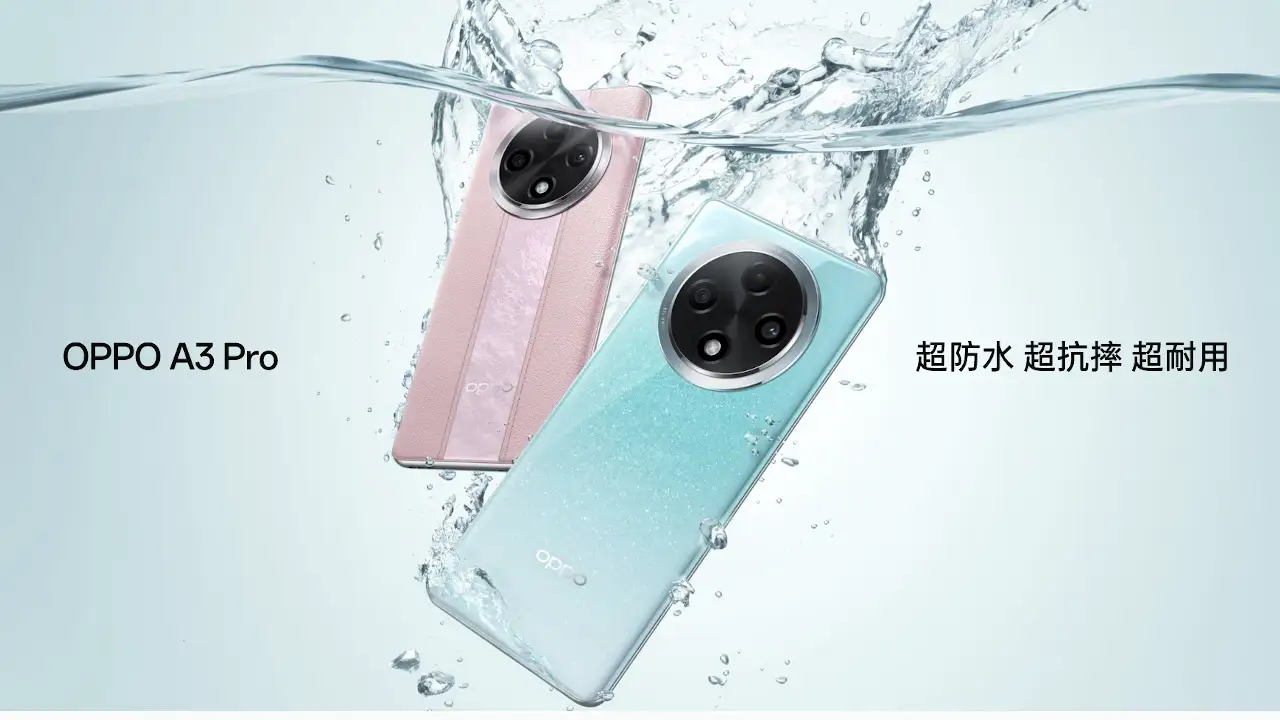

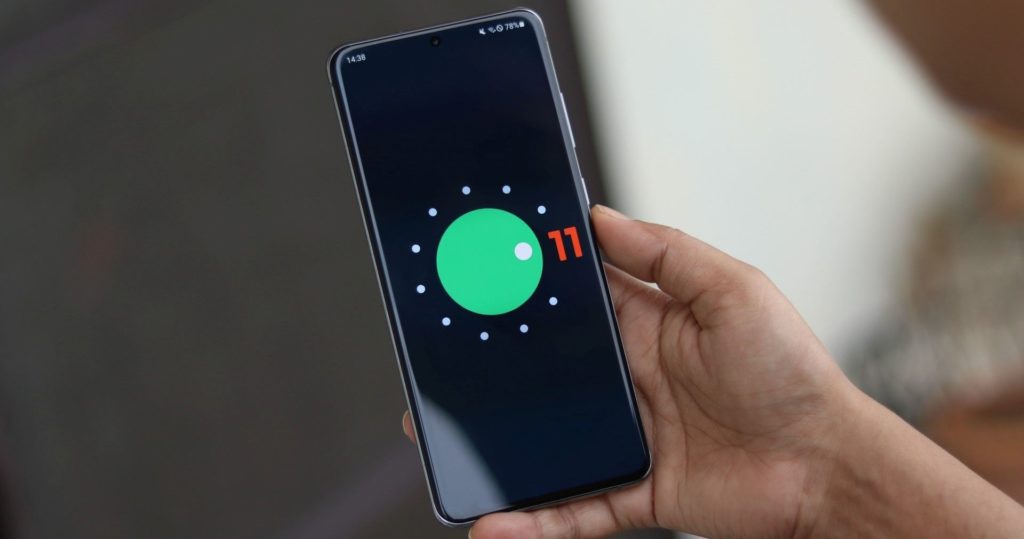
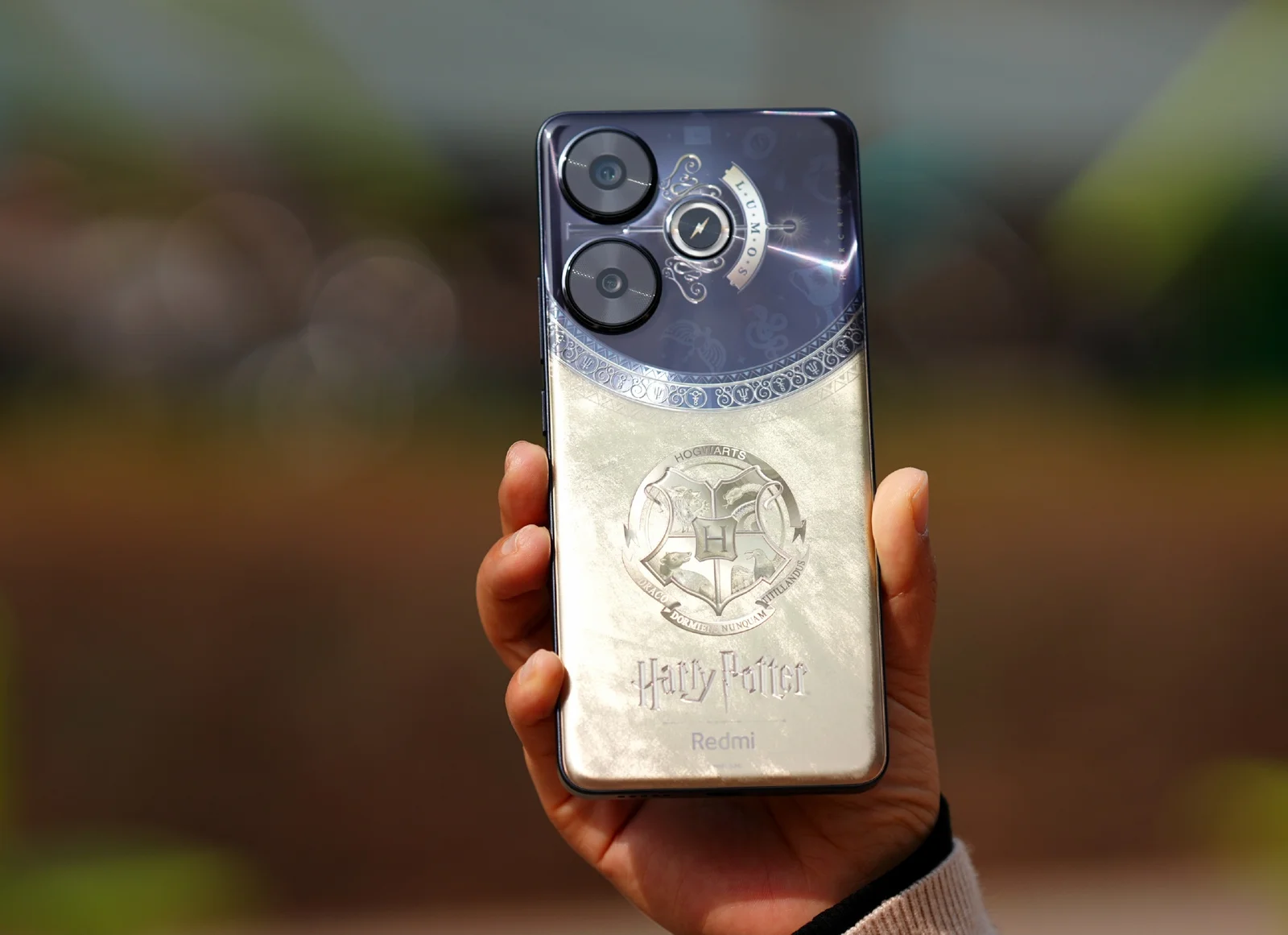
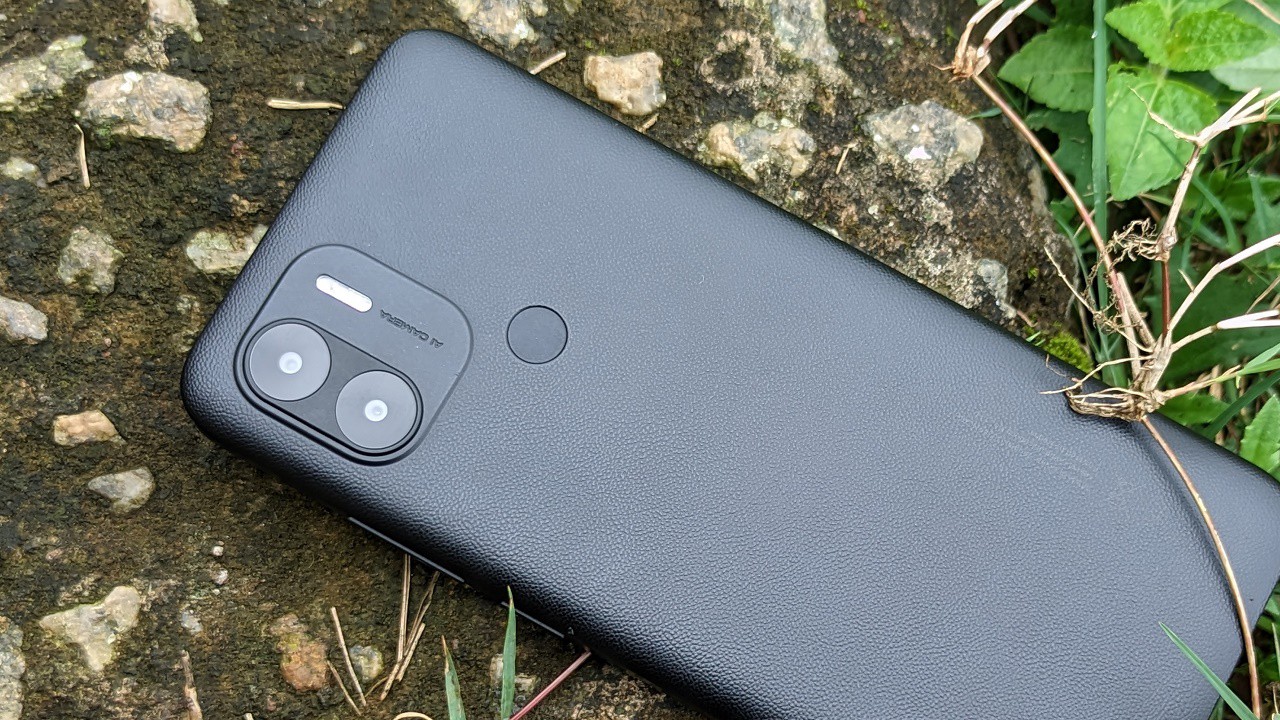
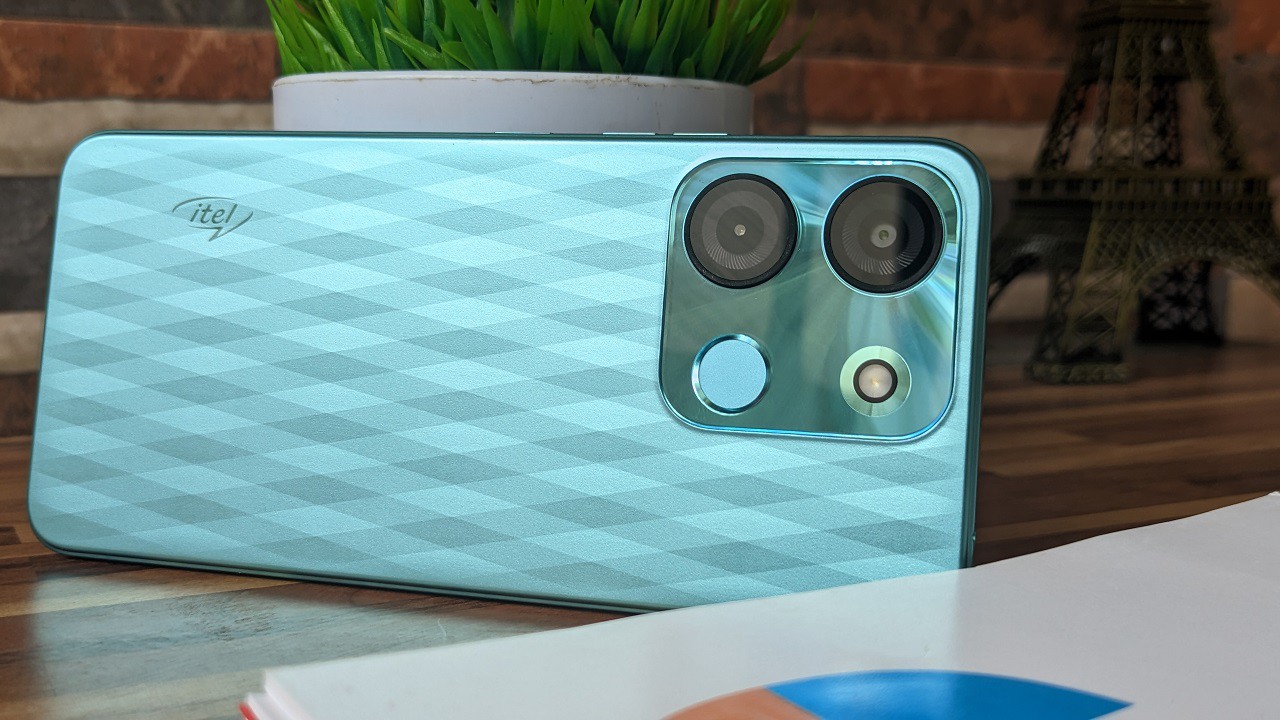
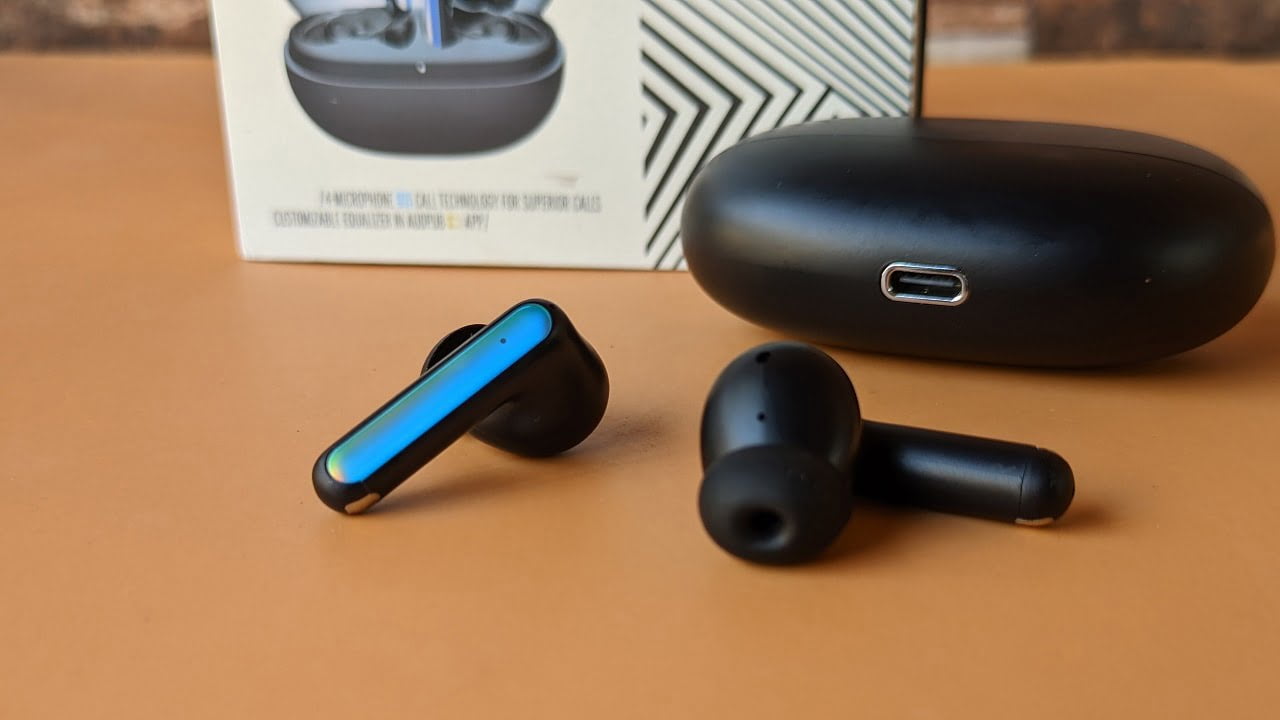
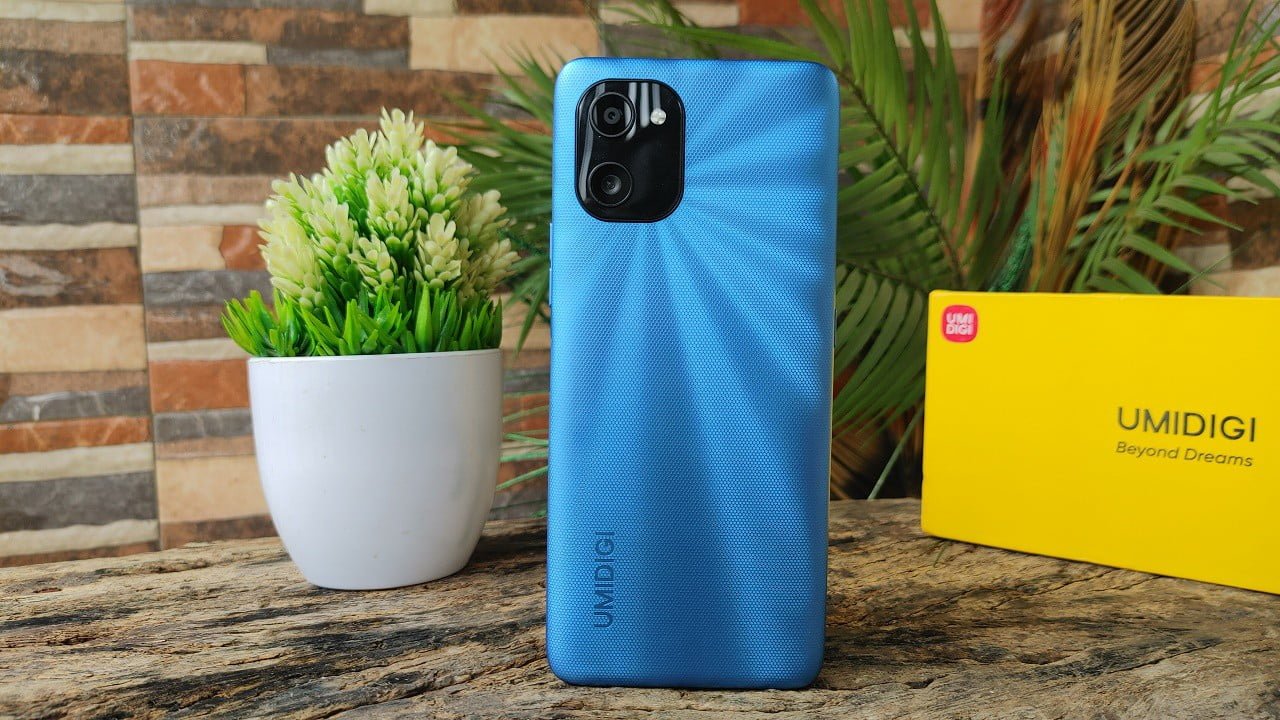
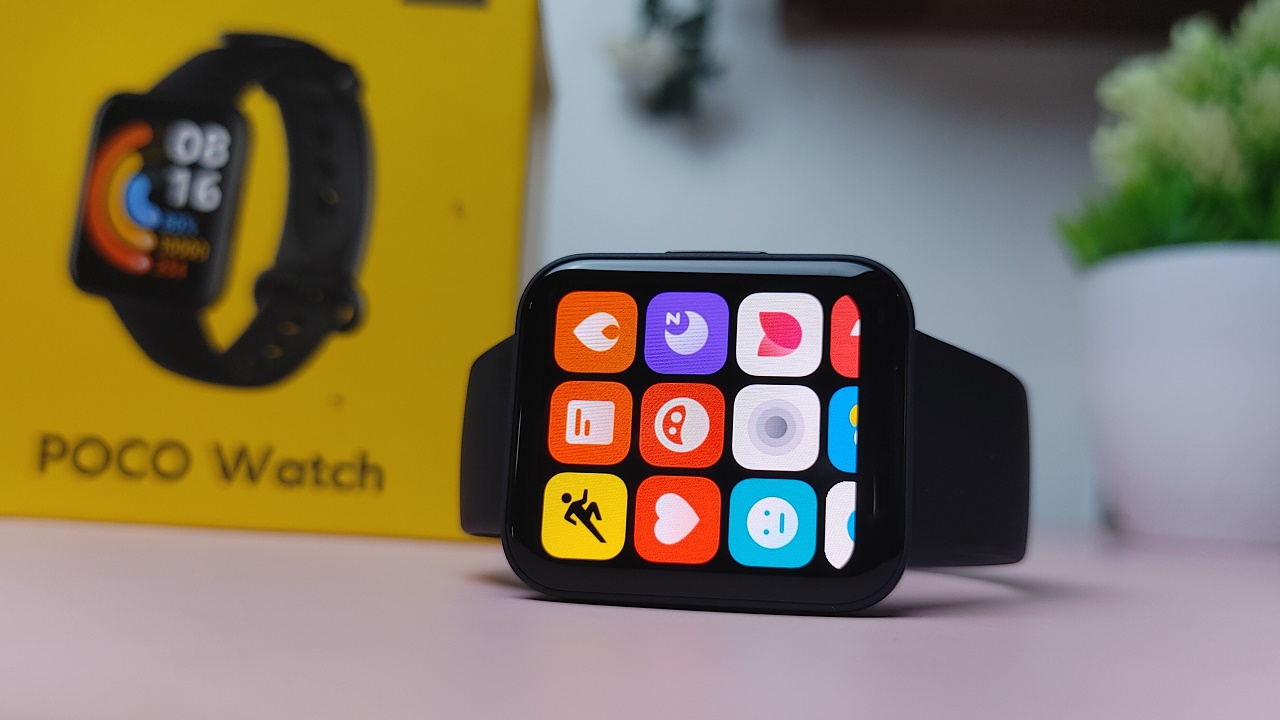
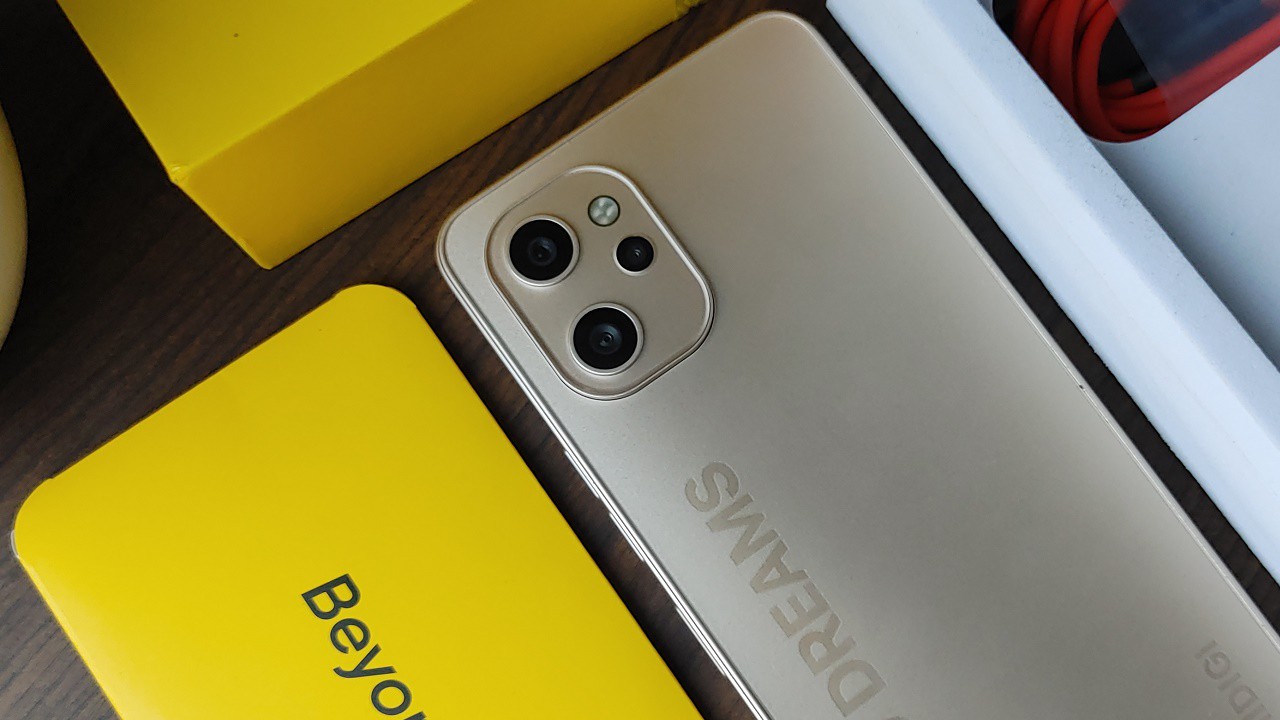
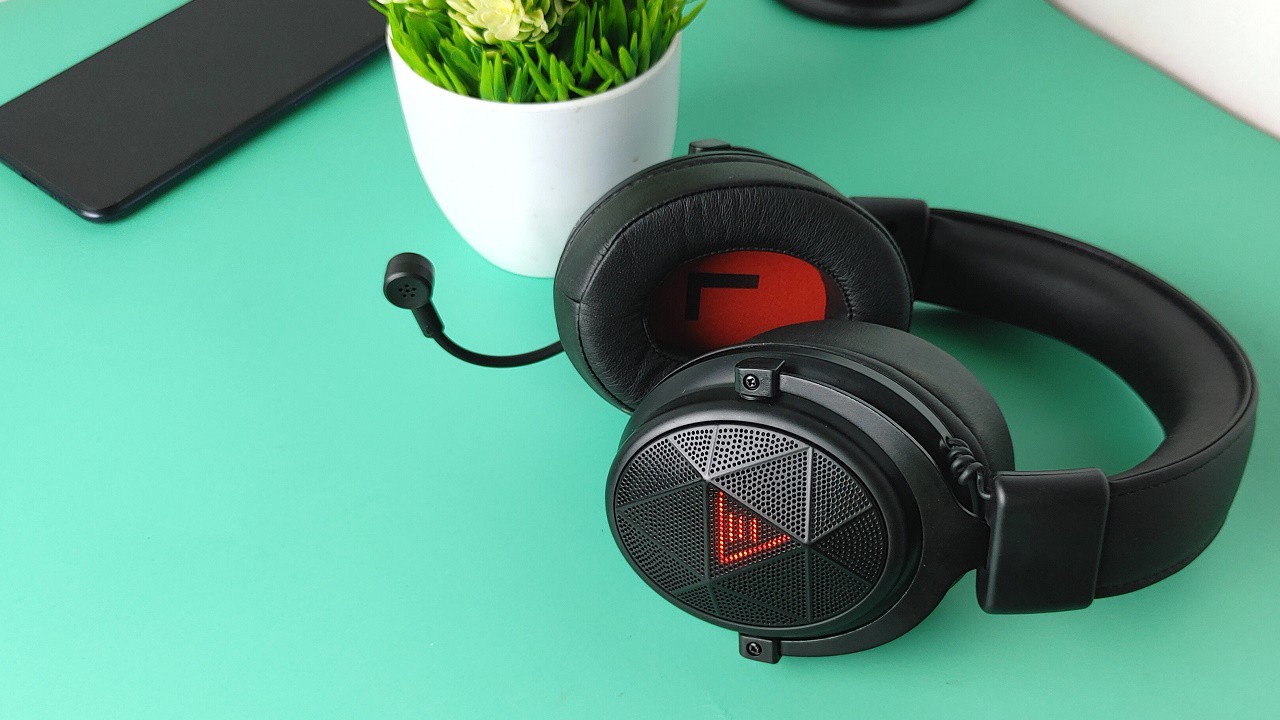
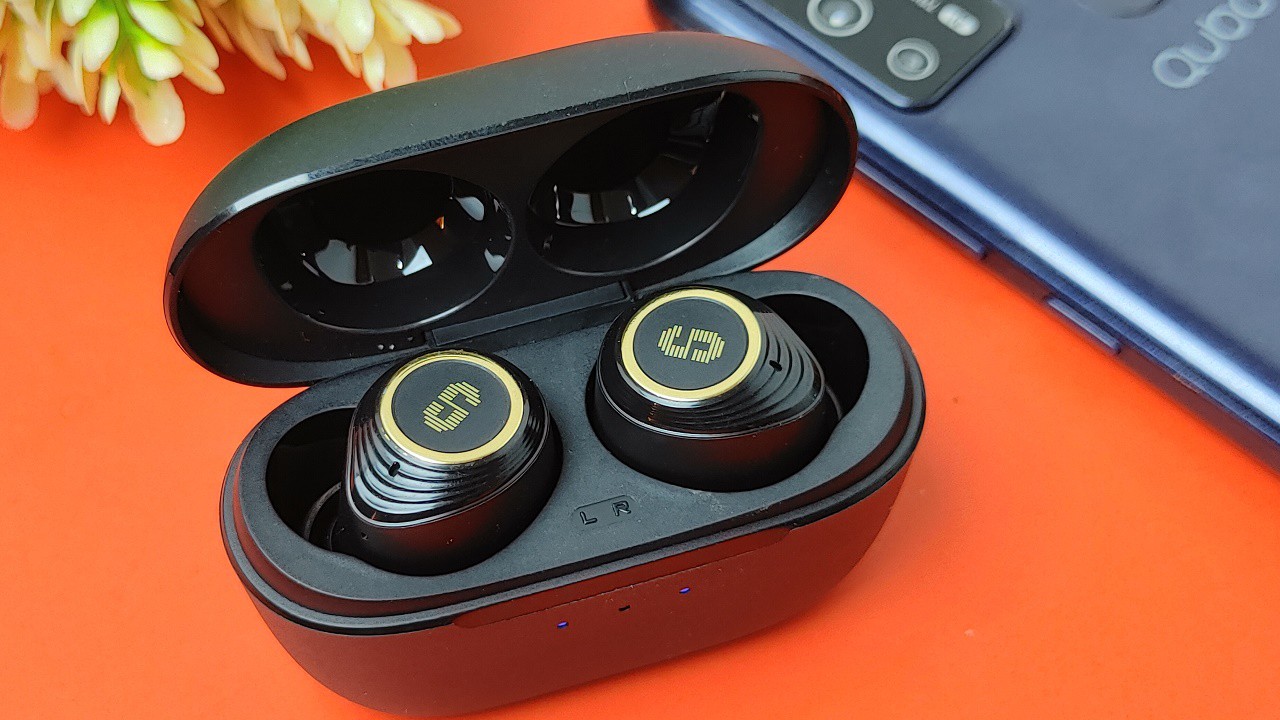
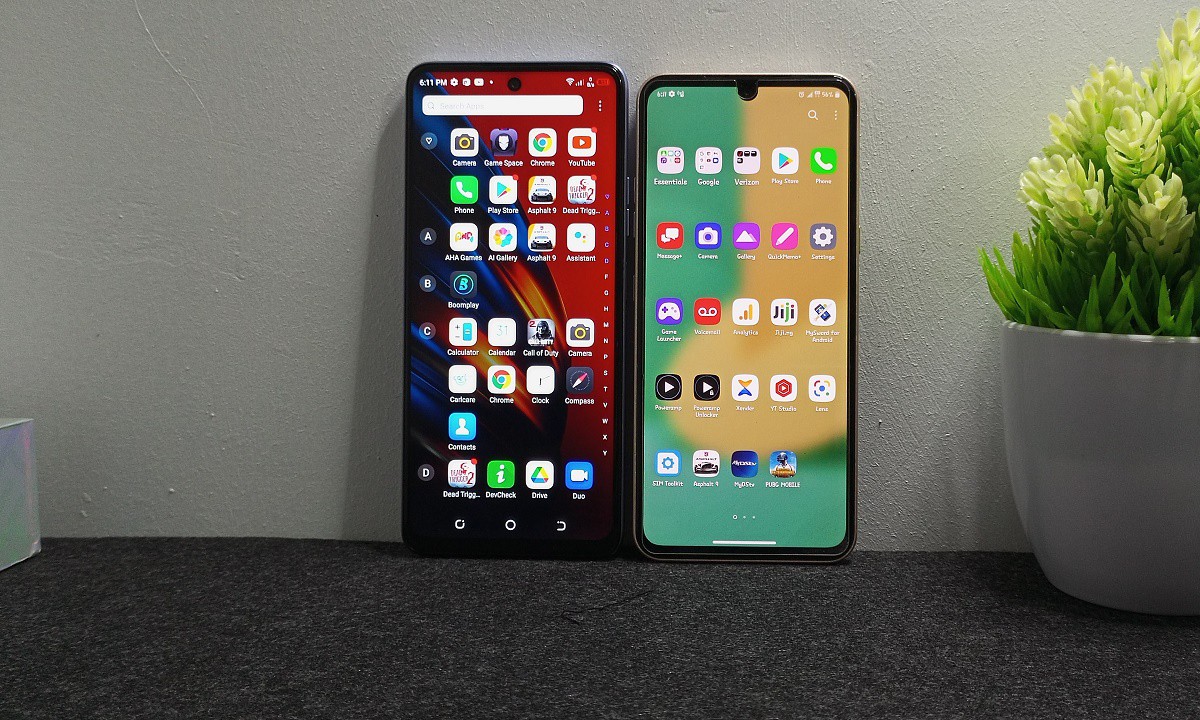

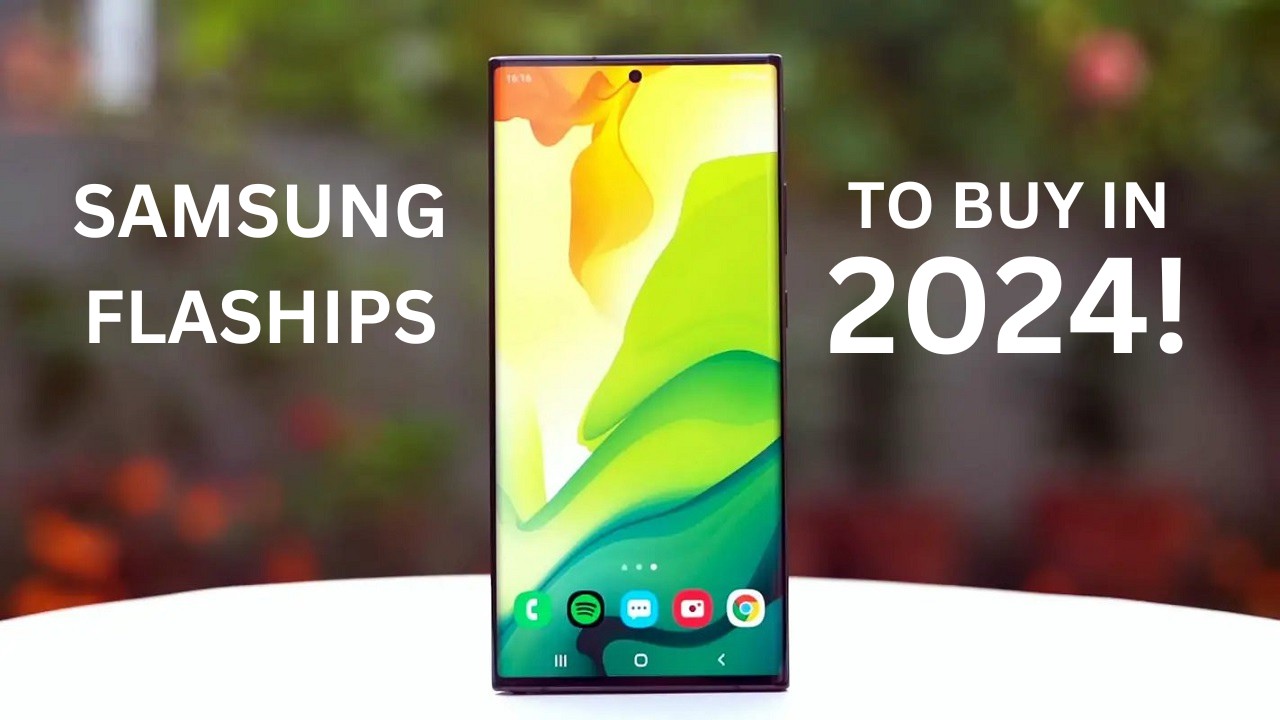
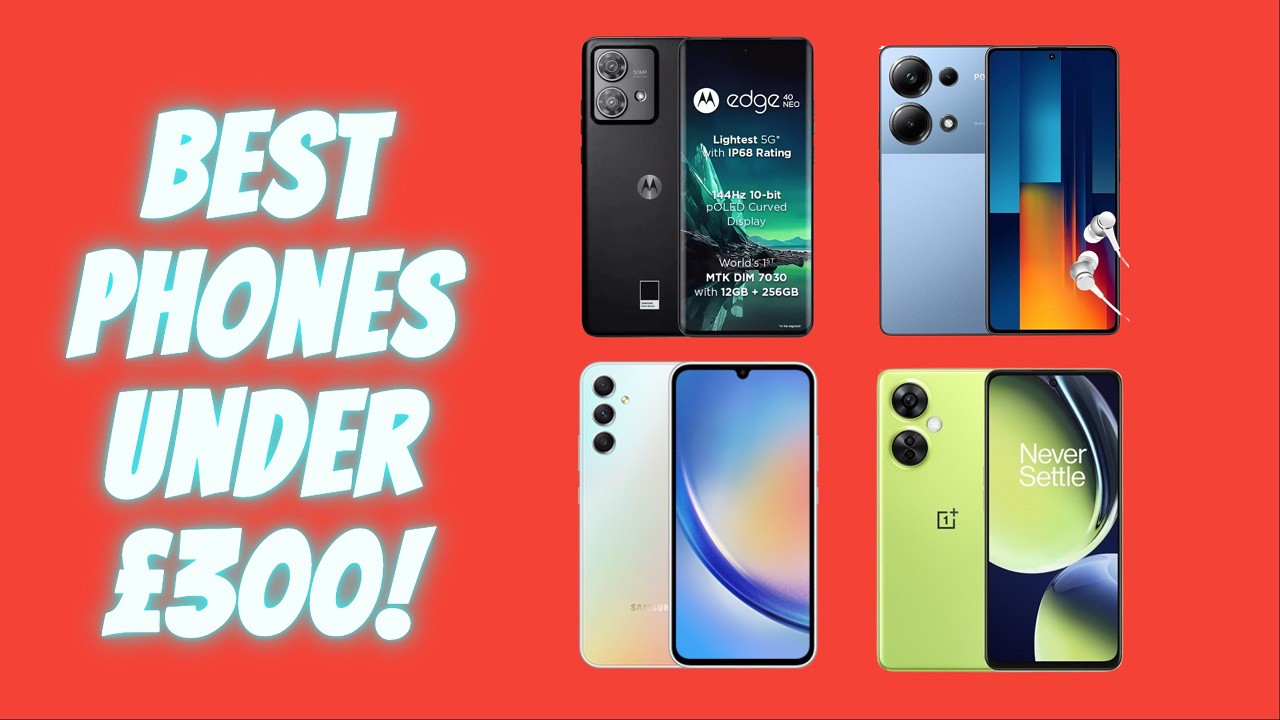

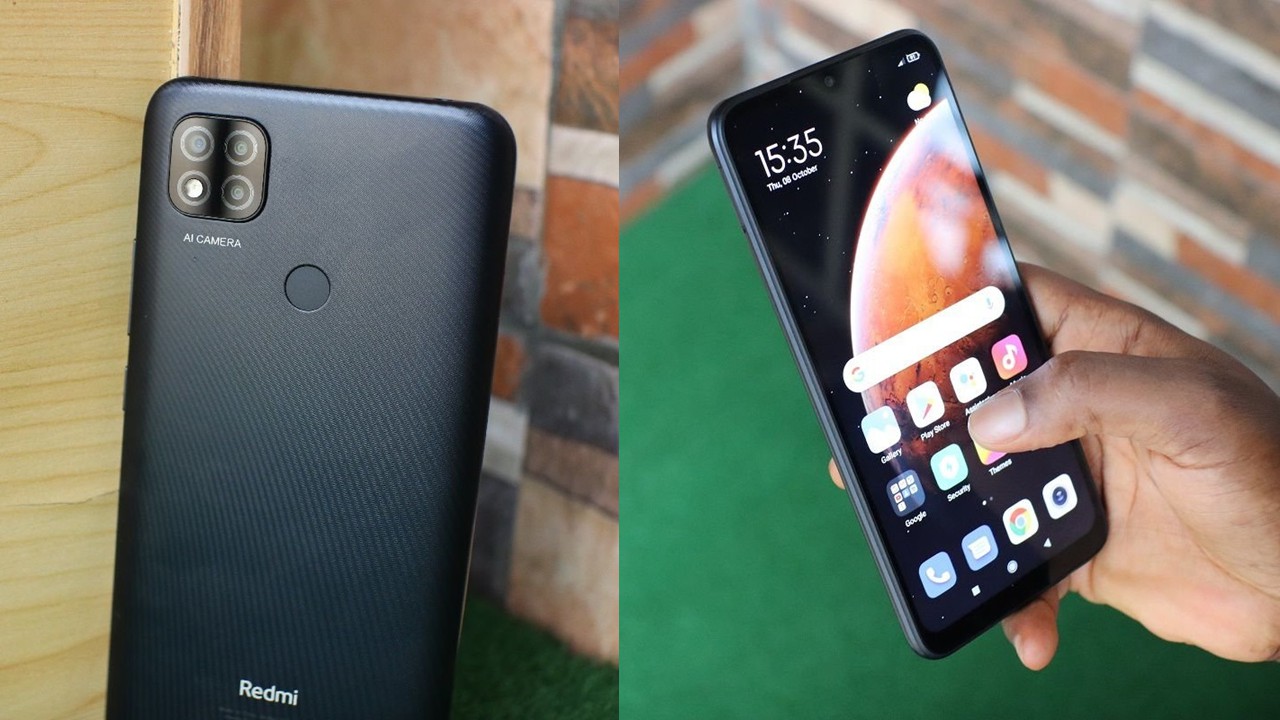
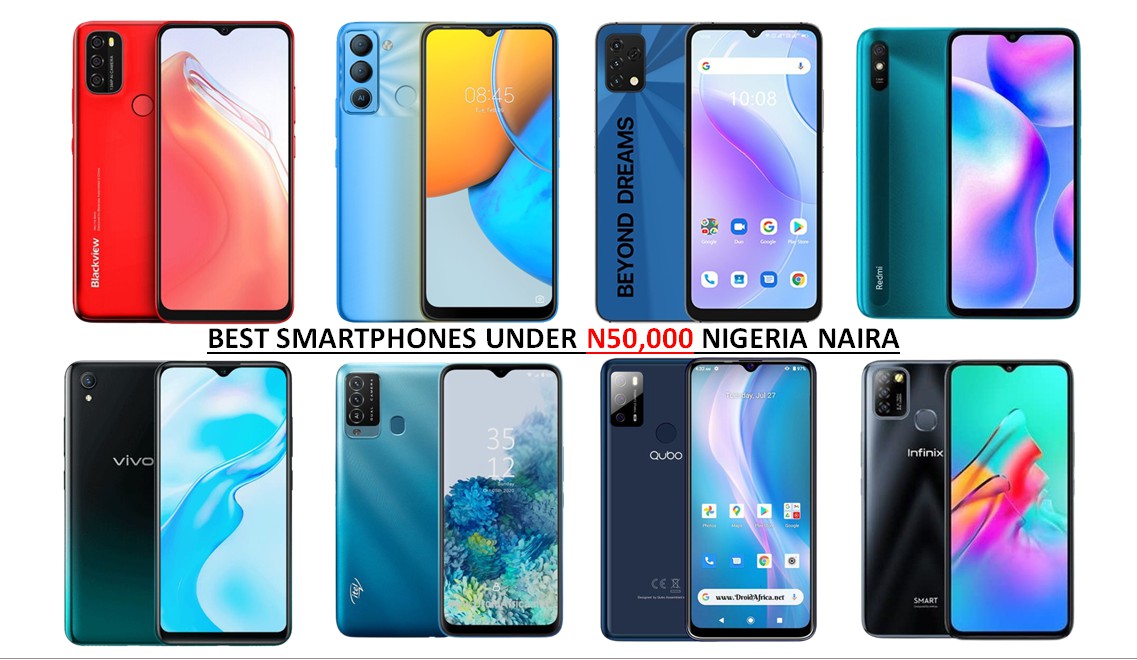
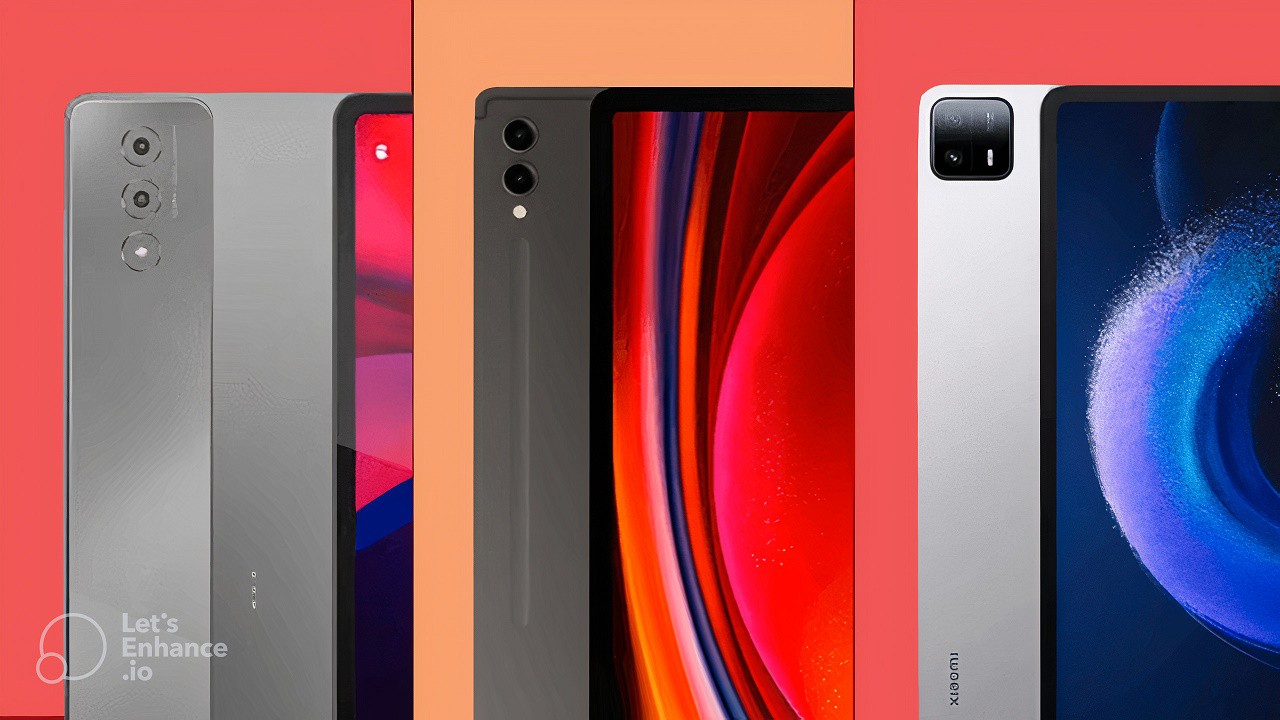
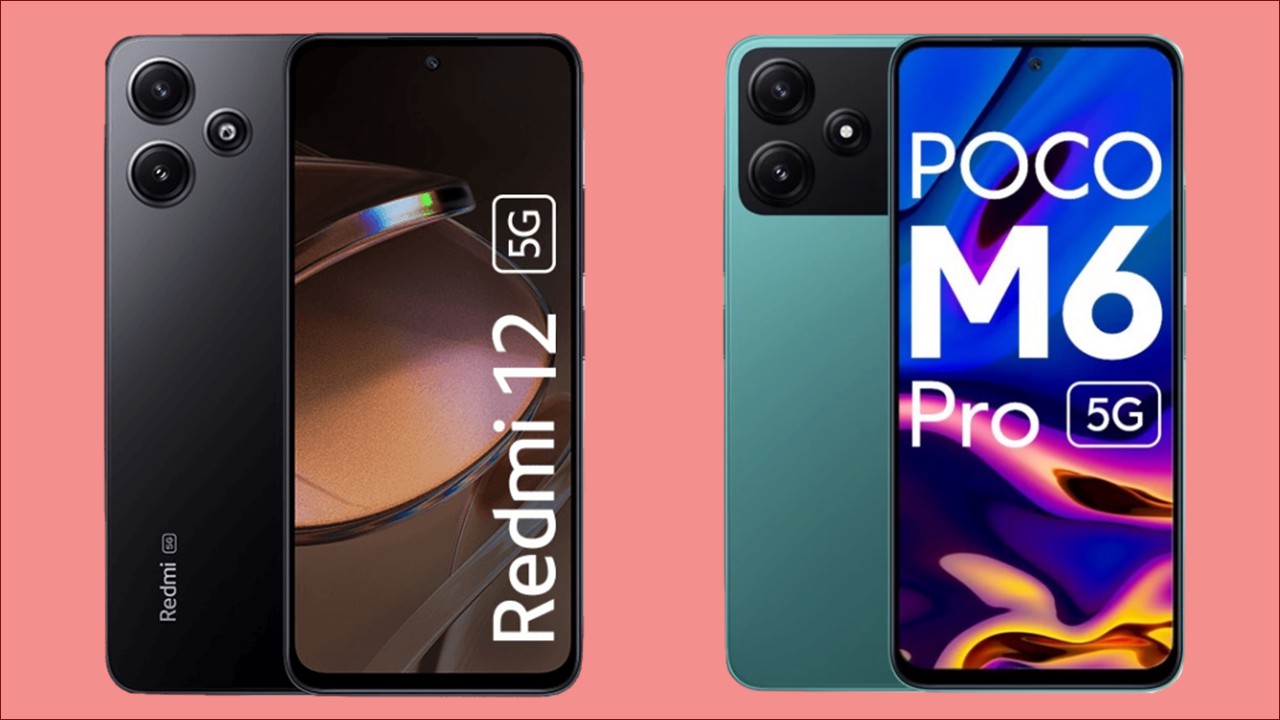
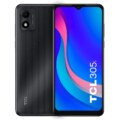
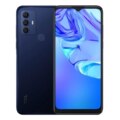
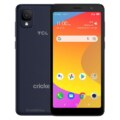
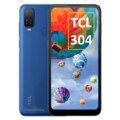
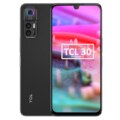
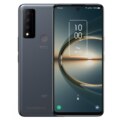
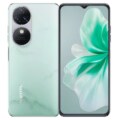
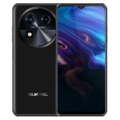
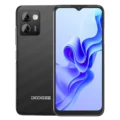

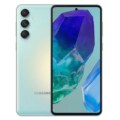
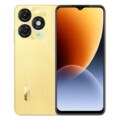

Leave a Reply